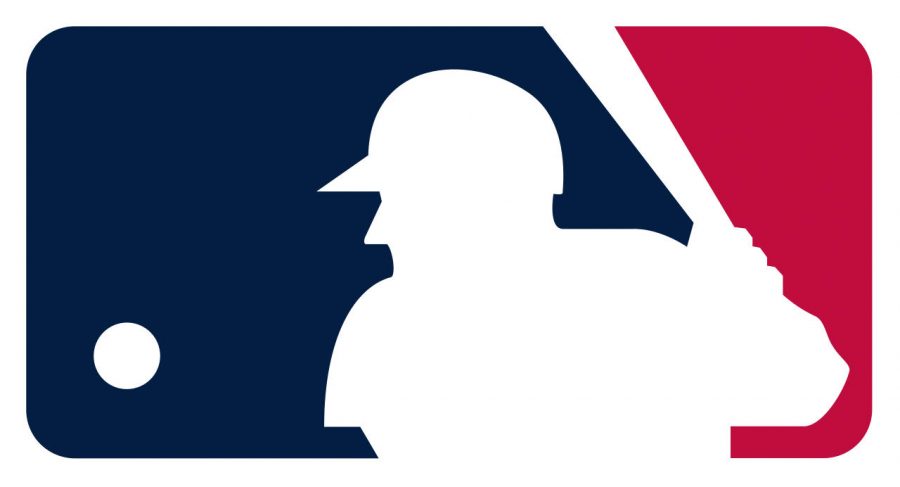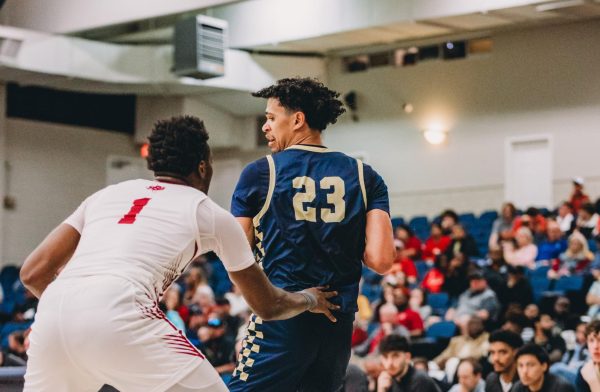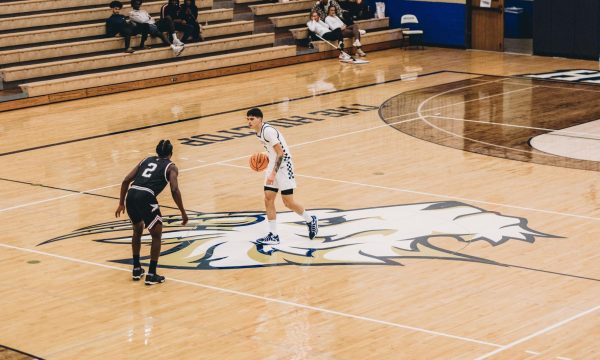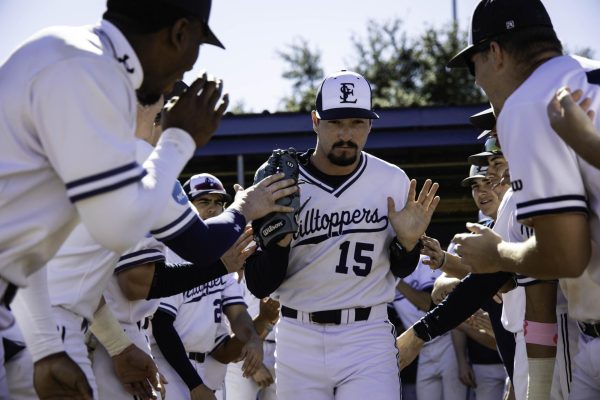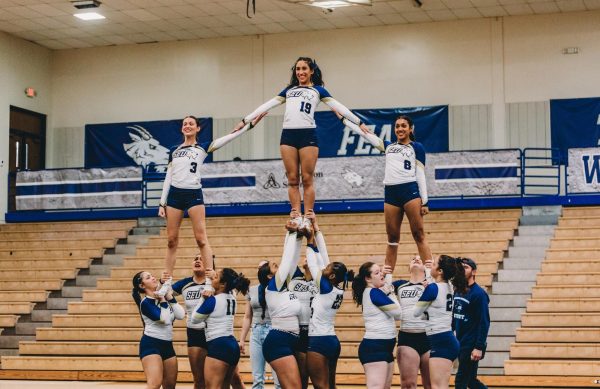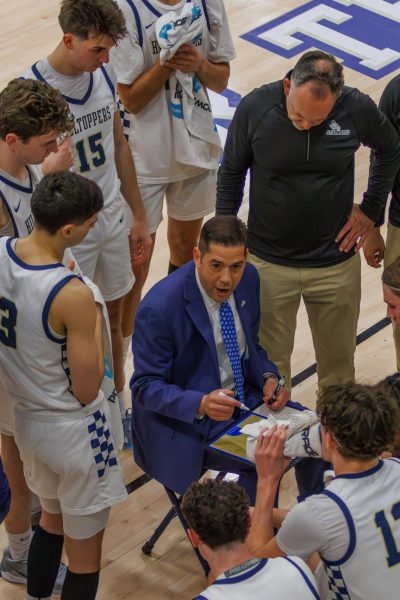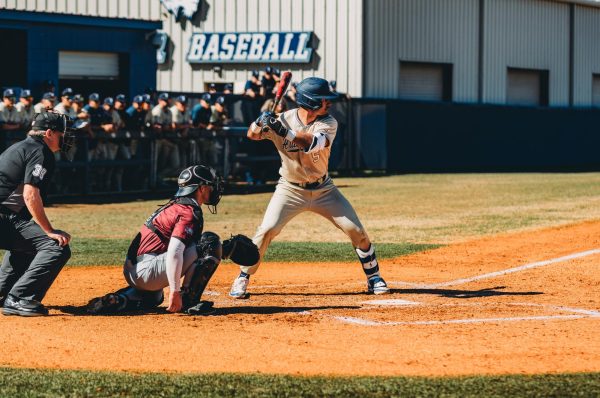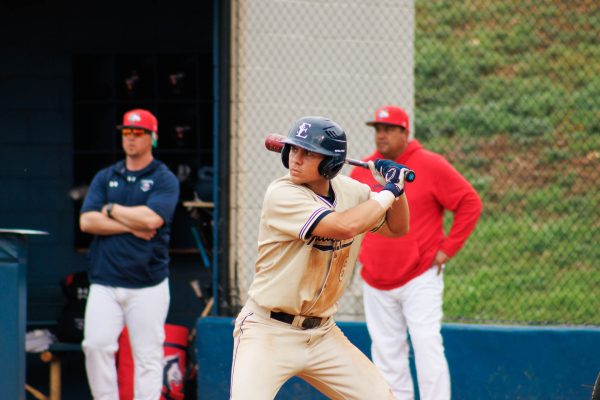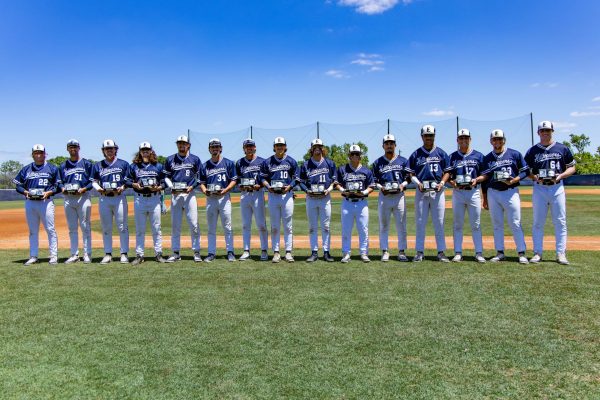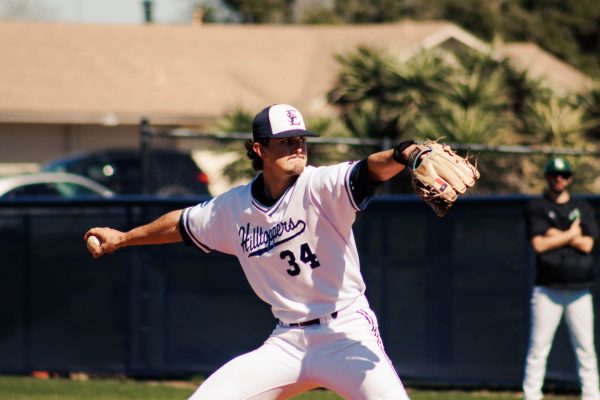COMMENTARY: The MLB season can still be saved. Here are some ways it could work.
With the 2021 season coming to an end, the postseason is now set to begin.
We’ve probably all spent a lot of time daydreaming while social distancing. If you’re anything like me, that daydreaming mostly includes questions. What would you be doing if school was still in session? What would you be doing with your friends? Or you could be thinking of the question I’ve thought of the most in recent weeks: when will I get to watch baseball again?
The MLB season is indefinitely suspended, along with virtually every non-esport professional league. There’s no telling when the MLB season will restart, if at all. But that hasn’t stopped the league executives from exploring any potential options.
While there is basically no chance the season will be able to continue in a way that even remotely resembles what fans are used to, there are two potential plans that seem to have the most traction within the league offices: move the entire league to Arizona, or place the teams in their spring training facilities. While each plan has its potential benefits, there are definitely drawbacks to be found.
Arizona Plan
The first plan to salvage the MLB season would move the entire league to Arizona. The league would play every game in the existing spring training complexes in Arizona, along with making use of Chase Field and area college stadiums if needed, with no fans in attendance.
The teams would be based in Phoenix, living in area hotels to keep the teams isolated from virus exposure. Everyone involved with the league would be tested regularly, involving around 3,000 players, coaches, umpires and broadcast members.
Split League
The other plan being discussed publicly is a bit more outlandish: the teams would report to their respective spring training locations in Arizona or Florida and use the spring training leagues to realign the league. Instead of the traditional American and National Leagues, we would see the Cactus and Grapefruit Leagues.
Obviously, this would mix things up a lot for most teams as the spring training leagues contain a good mix of each league. For example, the Grapefruit League’s Eastern Division would consist of the Washington Nationals, Houston Astros, New York Mets, St. Louis Cardinals and Miami Marlins.
The Astros would be the only American League team in that division. Similarly, the Cactus League’s North East division would consist of the Chicago Cubs, San Francisco Giants, Arizona Diamondbacks, Colorado Rockies and Oakland Athletics, with the Athletics being the only American League team represented. To combat this, some have proposed the usage of a “universal DH” for both leagues, meaning designated hitters can be used regardless of league.
Beyond that, this plan would operate in much the same way as the Arizona plan, with players and employees being tested regularly and being kept isolated between games while playing in empty stadiums.
Problems
Both plans sound plausible on paper, but there are obvious issues. To institute something of this magnitude you would need the support of basically the entire league, meaning you would have to bargain with the players union. Asking these players to leave their family and homes behind for months would be a tough sell. Beyond that, without a functioning Minor League setup, teams won’t be able to function the way they are used to. Even with expanded rosters being proposed, teams won’t be able to adjust their rosters to alleviate injuries, exposing new prospects to the big leagues.
Conclusion
These are extraordinary times we live in, and should the MLB decide to salvage the 2020 season, it should be done in an extraordinary way. Because of this, of the two oft-talked about plans mentioned above, I would side with the split league idea. The split league plan would be equally as historic as this period of social distancing. However, I understand that it’s up to the players at the end of the day.
I love baseball, but I don’t need it.


